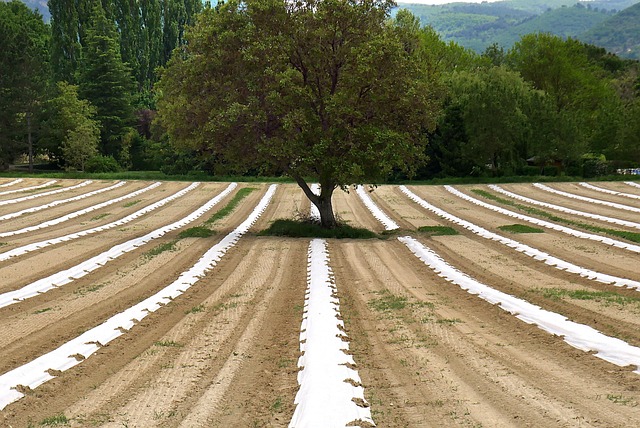Growing Together: Exploring the World of Community Agroecology
In a world that often feels fragmented and hurried, the concept of community agroecology emerges as a beacon of hope—inviting us to reconnect not only with the land but with each other. It is more than a farming technique; it’s a celebration of collaboration, resilience, and shared vision for a sustainable future.
Imagine neighborhoods where neighbors aren’t just passing faces but partners in cultivating vibrant gardens. These green spaces become living classrooms where knowledge flows freely—elders share time-tested wisdom, while youth bring fresh perspectives and innovation. The seeds planted here grow into more than crops; they nurture trust, respect, and a sense of belonging.
Community agroecology thrives on this spirit of cooperation. It encourages diverse planting that mimics natural ecosystems, supports biodiversity, and reduces dependence on harmful chemicals. When communities engage in these practices collectively, they reclaim control over their food systems, promote health, and strengthen local economies.
Moreover, this shared approach to agriculture fosters environmental stewardship. Each hand that tills the soil, each pair of eyes that watches over the crops, becomes part of a larger movement toward ecological balance. There’s a powerful satisfaction in knowing that your efforts contribute to healing the earth while feeding those around you.
But beyond the practical benefits, community agroecology offers something deeply human—connection. In working side by side, people bridge cultural divides, learn from one another’s traditions, and build networks of support that extend beyond the farm. It’s a reminder that growth, in all its forms, happens best when done together.
As we explore and embrace community agroecology, we step into a world where hope is tangible and thriving ecosystems—both natural and social—are within our reach. It’s an invitation to be part of something larger than ourselves, nurturing not just crops, but the bonds that sustain us all.



